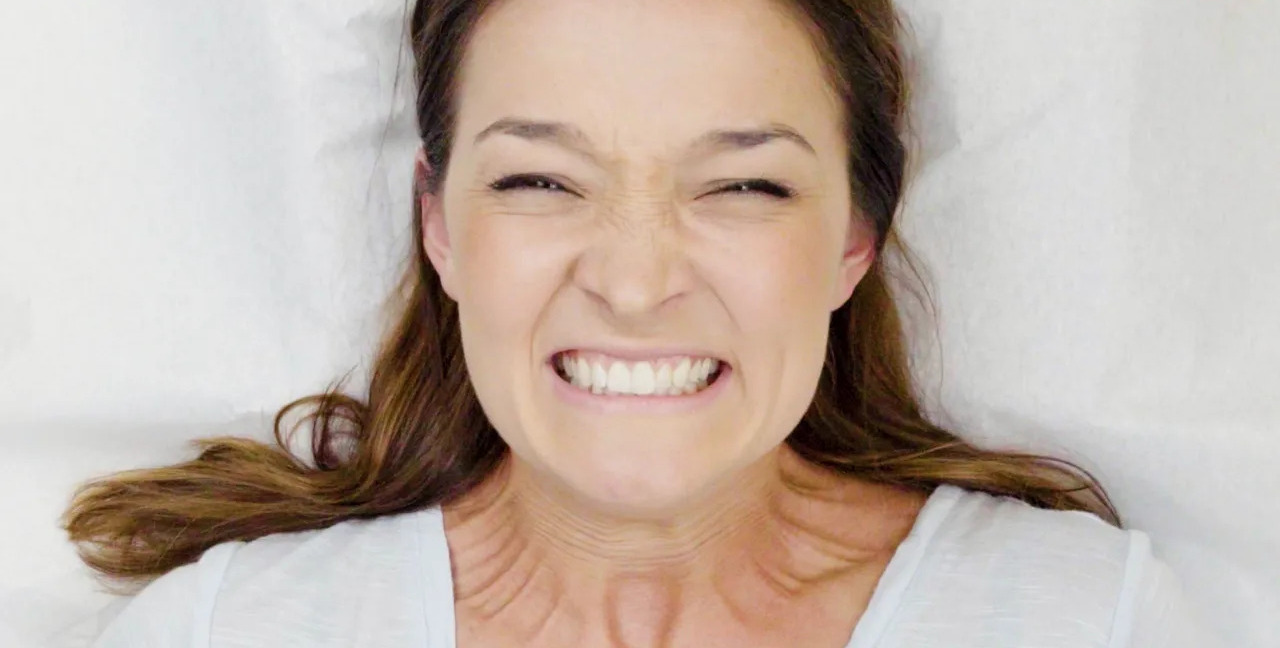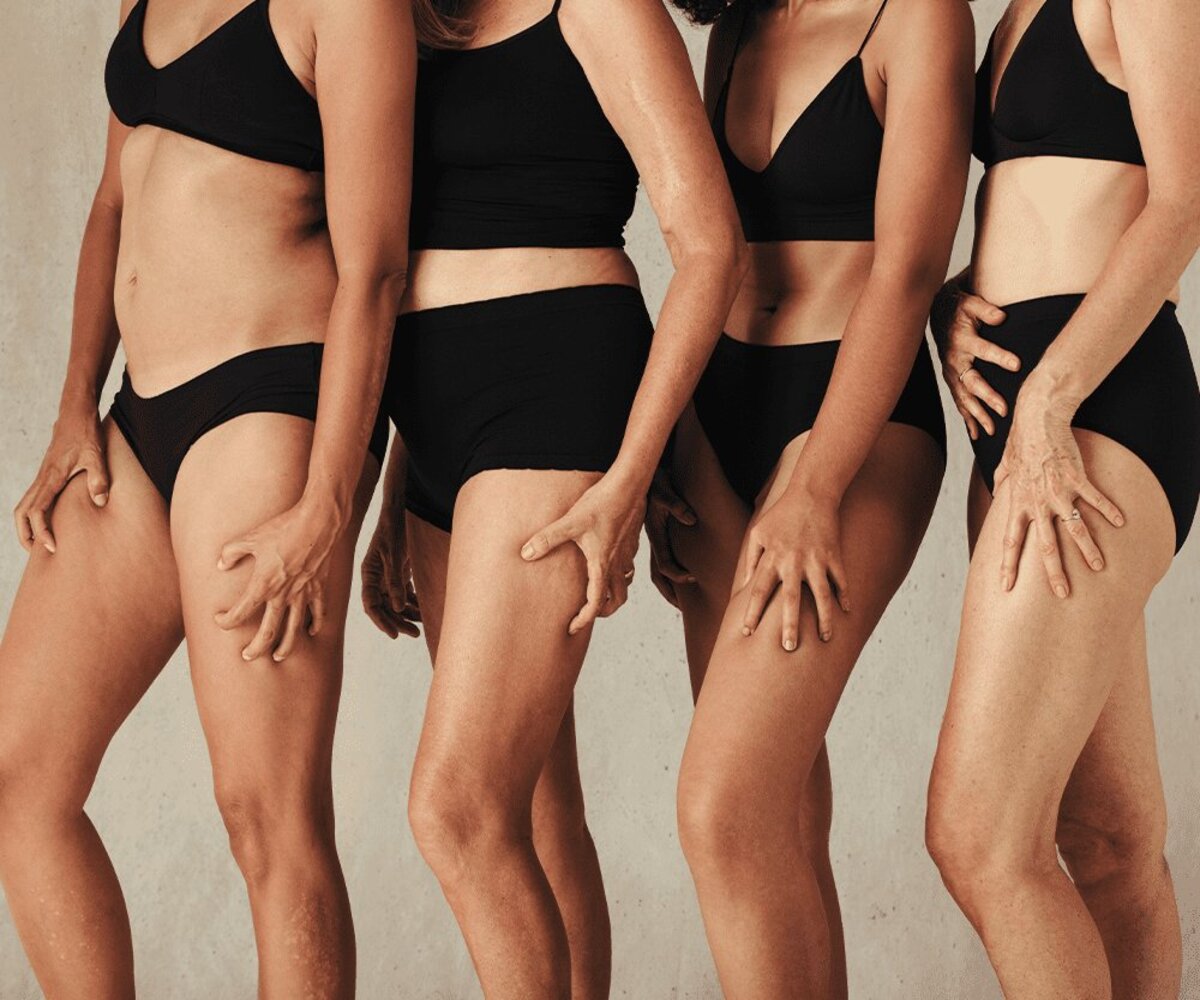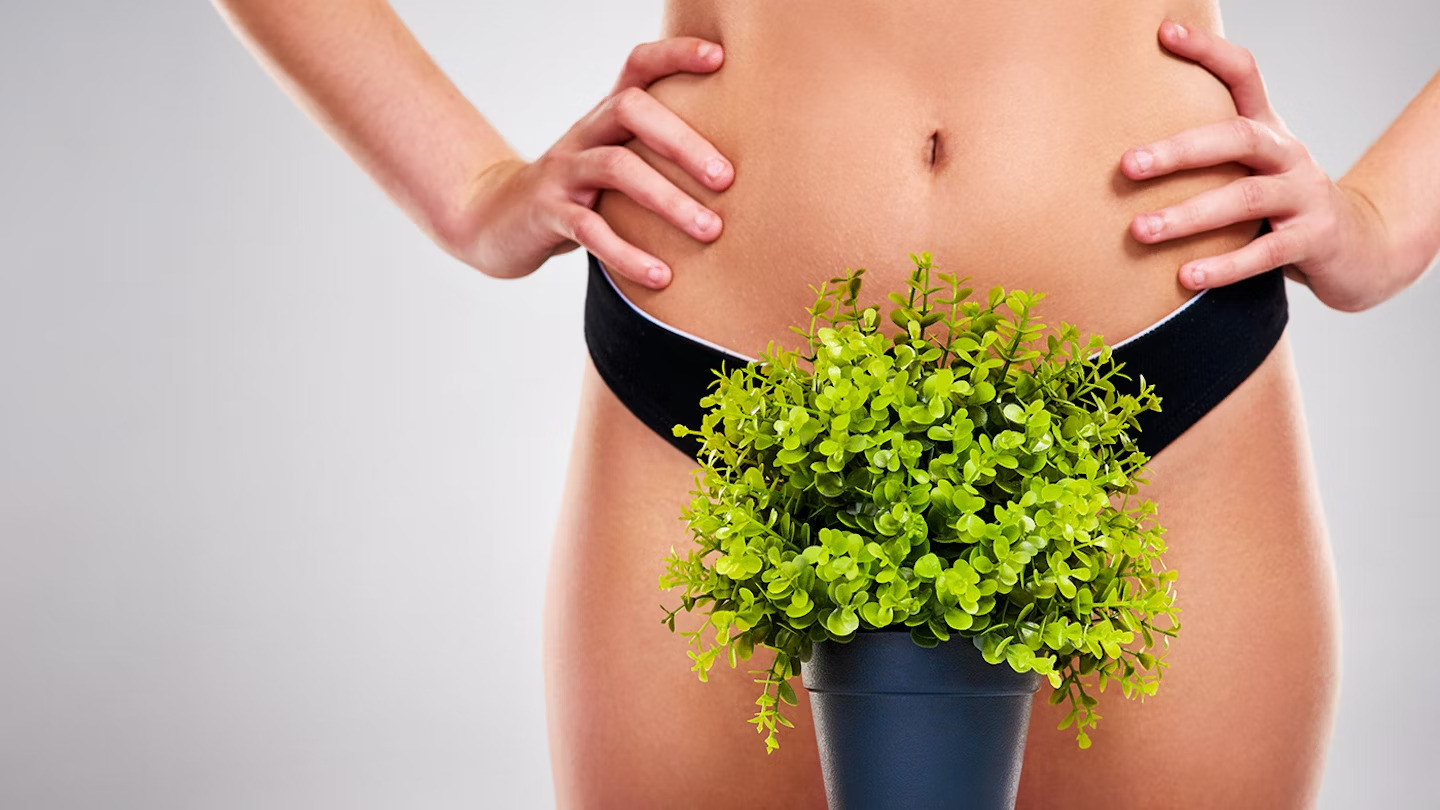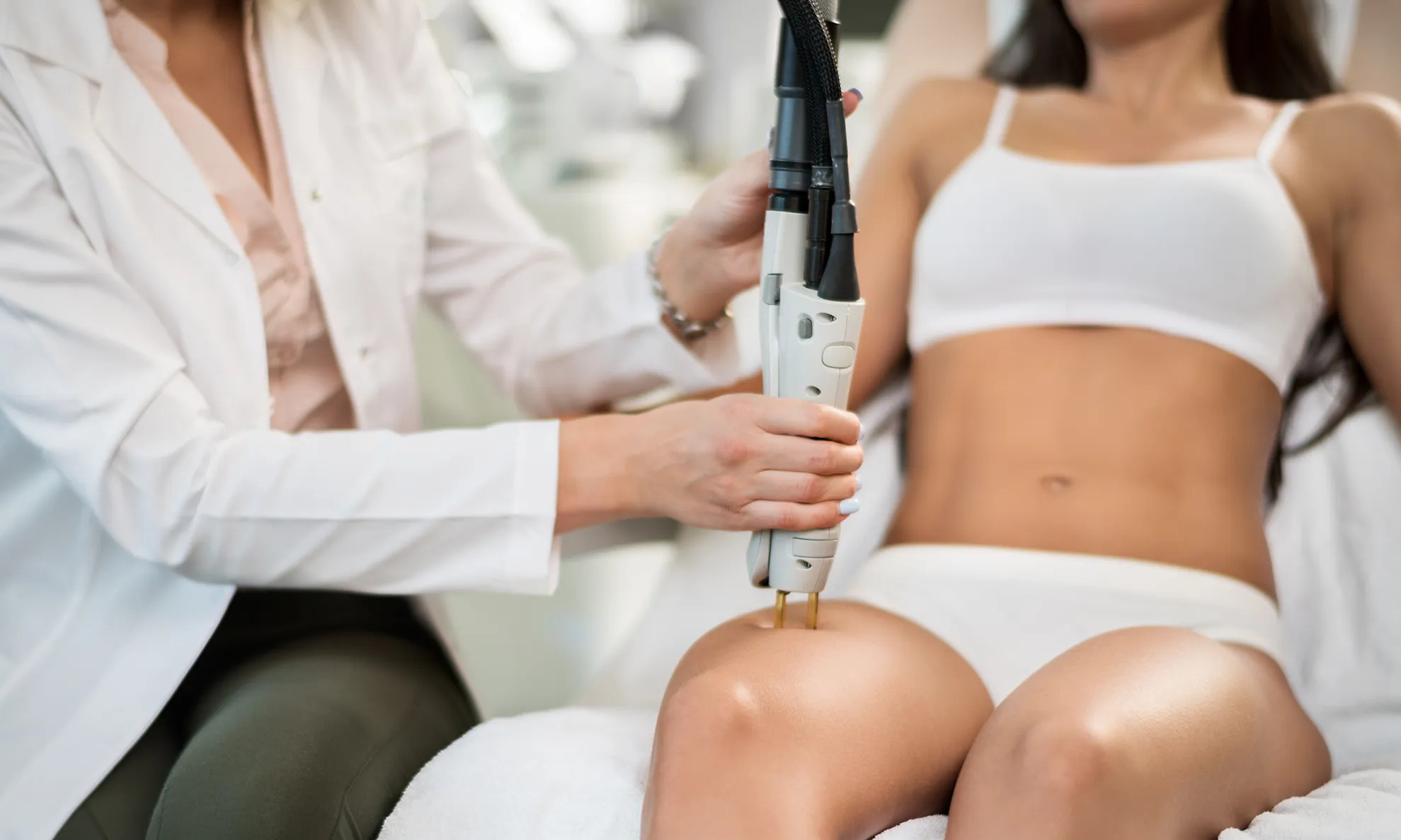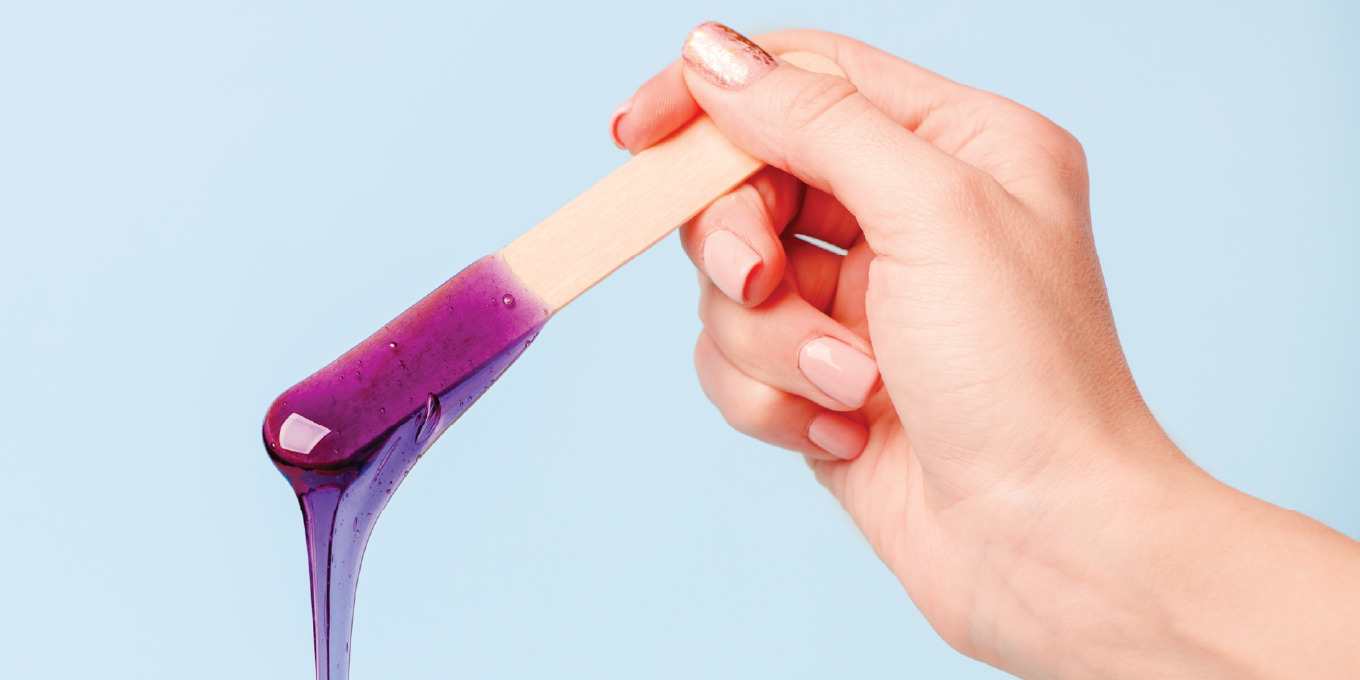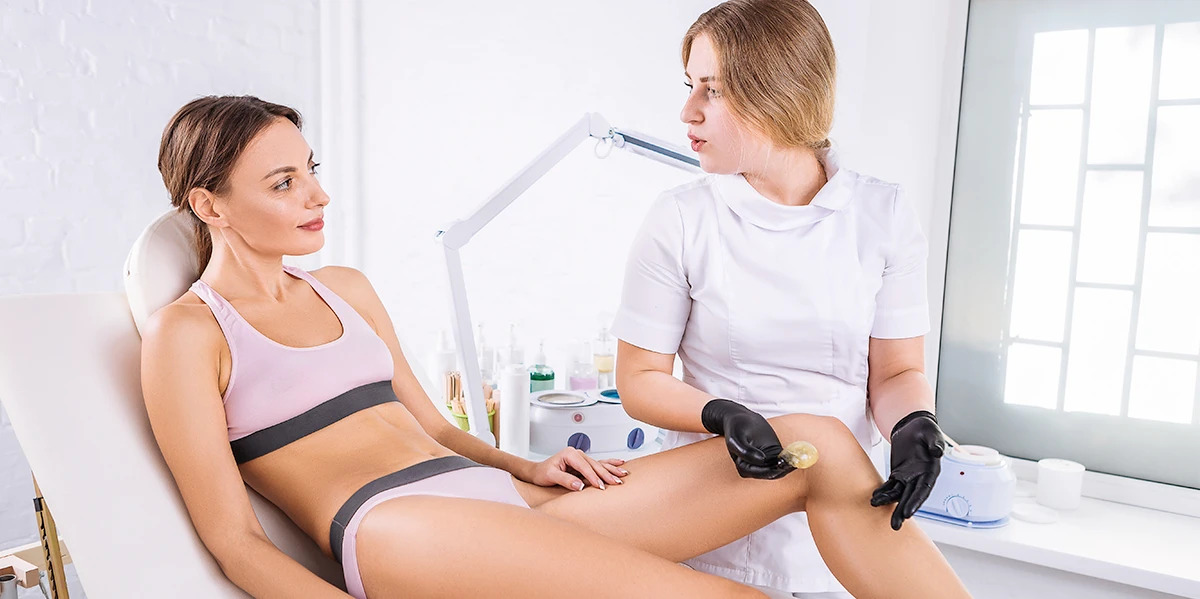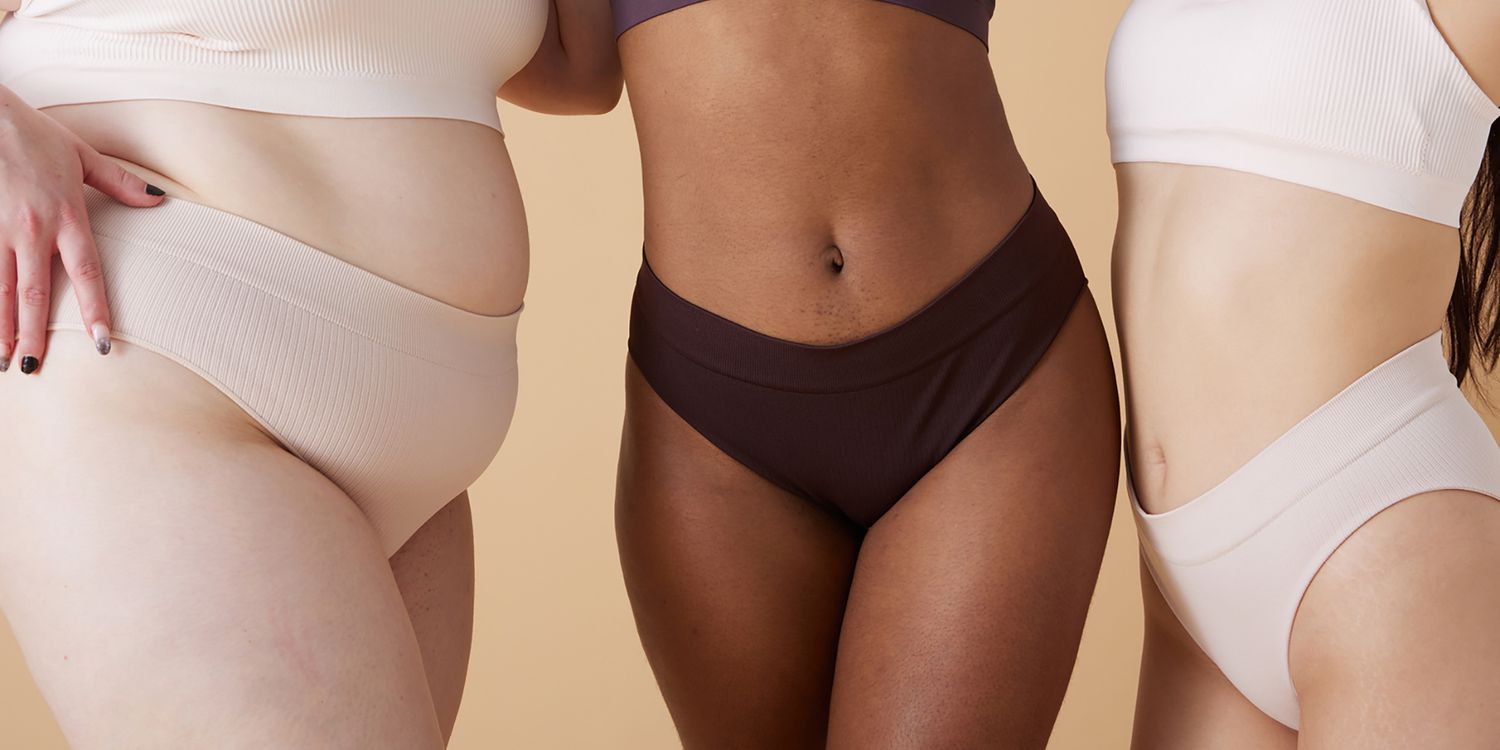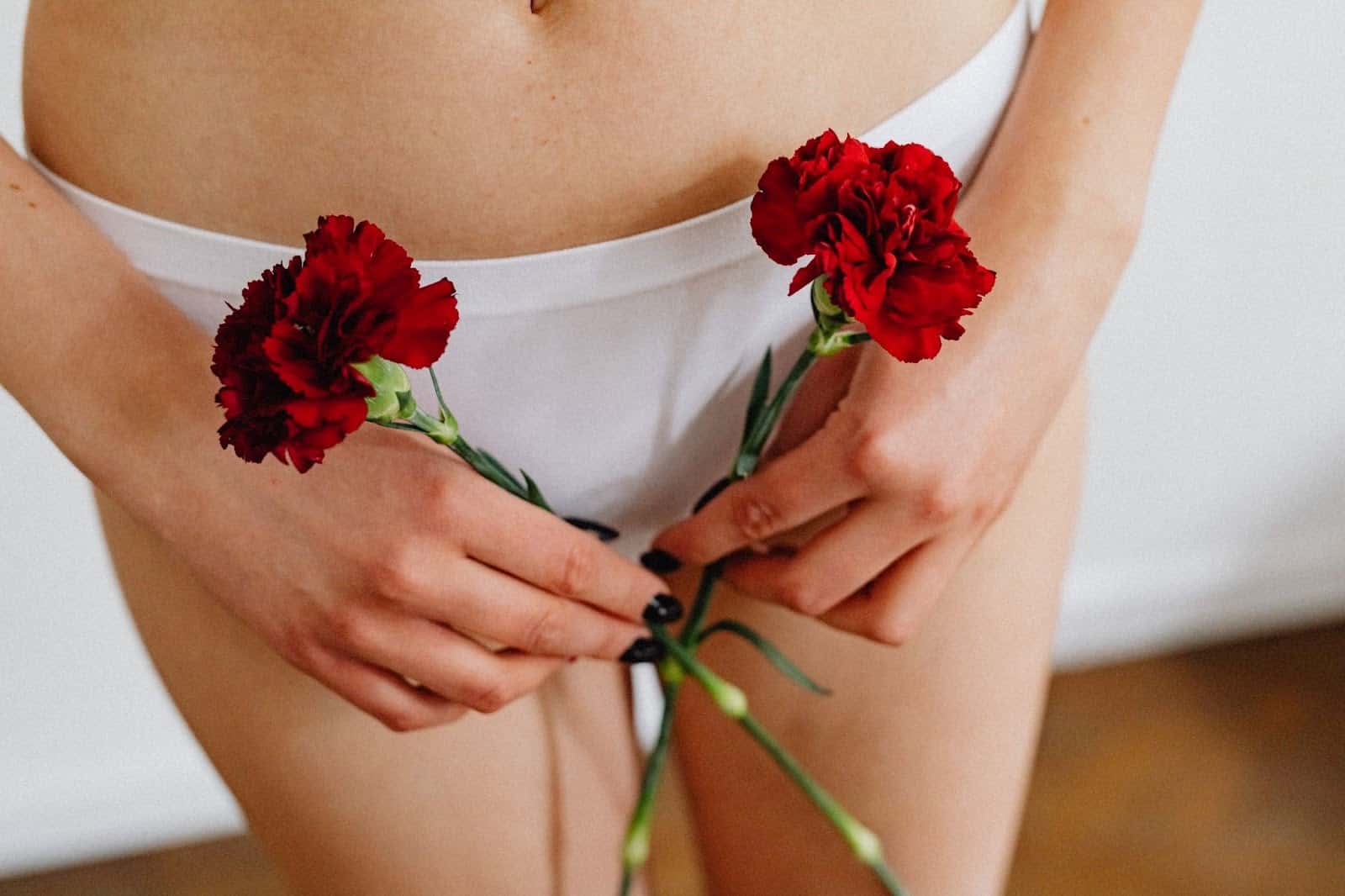

FAQs
How Long Does A Brazilian Wax Take To Heal
Modified: September 23, 2023
Find out how long it takes for a Brazilian wax to heal and get answers to other general questions about the process.
(Many of the links in this article redirect to a specific reviewed product. Your purchase of these products through affiliate links helps to generate commission for Under-tec.com, at no extra cost. Learn more)
Table of Contents
Introduction
When it comes to hair removal, Brazilian waxing has become increasingly popular for its long-lasting results. However, the process can leave your skin feeling sensitive and irritated. If you’ve recently had a Brazilian wax and want to know how long it will take to heal, you’re in the right place. In this article, we will explore the healing process after a Brazilian wax and provide some helpful tips to speed up the recovery.
Brazilian waxing is a hair removal technique that involves removing all or almost all of the pubic hair. It is a common choice for those who prefer a smooth and hair-free look in the bikini area. During the procedure, a professional esthetician applies warm wax on the hair, adheres a strip to it, and quickly pulls it off, removing the hair from the root. While the immediate aftermath may leave you feeling tender, the results can last up to four weeks.
After a Brazilian wax, your skin will undergo a healing process to recover from the hair removal procedure. The length of time it takes for your skin to heal may vary depending on several factors, including your skin’s sensitivity, the skill of the esthetician, and the aftercare measures you take.
Understanding the healing process can help manage your expectations and ensure that you take the necessary steps to facilitate a faster recovery. It’s important to keep in mind that everyone’s healing time may differ, but typically, the skin will start to feel better within a few days.
In the following sections, we will delve deeper into the healing process after a Brazilian wax, discuss the factors that can affect healing time, and provide some tips and tricks to expedite the recovery. Additionally, we will touch on potential complications that may arise, as well as when it’s necessary to seek medical help.
Understanding Brazilian Waxing
Brazilian waxing has gained popularity for its ability to provide long-lasting hair removal in the bikini area. This method involves the removal of all or most of the pubic hair, leaving the skin smooth and hair-free. It is a popular choice for those who want to feel confident in their swimwear or prefer the aesthetics of a hairless bikini area.
During a Brazilian waxing session, a professional esthetician will apply warm wax to the targeted area and then place a strip on top. The wax adheres to the hair, and when the strip is swiftly pulled off, it removes the hair from the root. This process allows for a longer hair-free period compared to shaving or using depilatory creams.
It’s important to note that Brazilian waxing can cause some discomfort, especially for first-time waxers or those with sensitive skin. However, with regular waxing, the discomfort tends to diminish over time as hair regrowth becomes finer and sparser.
One of the main benefits of Brazilian waxing compared to other methods of hair removal is the long-lasting results. When the hair is removed from the root, it takes longer to grow back, so you can enjoy a smooth bikini area for several weeks. Additionally, waxing often leads to less irritation and razor bumps compared to shaving, making it a preferred method for many individuals.
It’s important to choose a reputable and experienced esthetician for your Brazilian waxing session. A professional will ensure that the wax is applied correctly and that hygiene practices are followed to minimize the risk of infection or skin damage.
Overall, understanding the basics of Brazilian waxing can help you make an informed decision about whether it’s the right hair removal method for you. The long-lasting results and the potential for reduced irritation make it an appealing option for many individuals seeking a smoother, hair-free bikini area.
The Healing Process
After undergoing a Brazilian wax, it is normal for the skin in the treated area to experience some irritation and sensitivity. The healing process begins immediately after the hair removal procedure and can last for several days. Understanding the stages of the healing process can help you know what to expect and how to care for your skin during this time.
1. Immediate Aftermath: Right after a Brazilian wax, it is common for the skin to appear red and feel tender to the touch. This is because waxing removes hair from the root, which can cause temporary inflammation and irritation. The amount of redness and sensitivity will vary depending on individual skin sensitivity and the thoroughness of the waxing technique.
2. Calming Down: Within the first 24 to 48 hours, the redness and sensitivity should start to subside. The skin may still feel slightly tender and may have small red bumps or ingrown hairs. This is a normal part of the healing process. It is important to resist the urge to scratch or pick at the area, as this can lead to further irritation or infection.
3. Resolving Bumps and Ingrown Hairs: As the healing process continues, any red bumps or ingrown hairs that may have appeared should gradually diminish. Using gentle exfoliation techniques, such as a soft brush or exfoliating scrub, can help prevent and treat ingrown hairs. It is essential to follow the correct techniques and avoid over-exfoliating, as this can further irritate the skin.
4. Restoring Normal Sensitivity: As the skin heals, it will gradually regain its normal sensitivity. This process can take several days to a week, depending on the individual. It is crucial to avoid any further trauma to the area, such as excessive friction or abrasive materials, during this time.
During the healing process, it is important to practice good hygiene and provide proper care to the treated area. Keep the skin clean and dry, and avoid any activities or products that could irritate the skin, such as tight clothing or scented lotions. Additionally, it is recommended to avoid swimming pools, hot tubs, and saunas during the initial healing phase to reduce the risk of infection.
By following these guidelines and giving your skin the time it needs to heal, you can ensure a smooth and comfortable recovery from a Brazilian wax. Remember that everyone’s healing process may vary, so it is essential to listen to your body and provide the necessary care for your individual needs.
Factors Affecting Healing Time
The healing time after a Brazilian wax can vary from person to person. Several factors can influence how quickly your skin recovers from the procedure. Understanding these factors can help you manage your expectations and take the necessary steps to promote faster healing.
1. Skin Sensitivity: The sensitivity of your skin plays a significant role in how long it takes to heal after a Brazilian wax. If you have naturally sensitive skin, you may experience more redness, inflammation, and discomfort compared to those with less sensitive skin. It’s important to communicate any concerns or known sensitivities to your esthetician before the waxing session.
2. Waxing Technique: The skill and expertise of the esthetician performing the waxing procedure can also impact the healing time. A skilled professional will know how to minimize trauma to the skin, ensuring a more comfortable and efficient waxing experience. Choosing a reputable salon or esthetician with positive reviews is crucial in achieving optimal results.
3. Aftercare Regimen: The aftercare practices you follow can significantly influence the healing process. Proper post-wax care involves keeping the treated area clean and moisturized while avoiding any activities or products that could irritate the skin. Following your esthetician’s guidance on aftercare routines can help promote faster healing.
4. Individual Response: Every individual’s body is unique, and this can affect healing time. Factors such as overall health, immune response, and individual skin regeneration rates can vary from person to person. Some individuals may experience faster healing, while others may take a little longer for the skin to fully recover.
5. Previous Waxing Experience: If you are a regular waxer, your skin may be accustomed to the procedure, resulting in a faster healing time. Regular waxing can lead to finer and sparser hair growth, which can reduce the level of trauma to the skin during subsequent waxing sessions.
It’s important to remember that patience is key when it comes to the healing process. While certain factors can affect healing time, it’s essential to allow your skin the time it needs to recover naturally. Avoiding excessive manipulation or harsh skincare products during the healing phase can help prevent further irritation or complications.
If you have any concerns or notice any unusual symptoms during the healing process, it’s always a good idea to consult with a professional esthetician or dermatologist. They can assess the situation and provide further guidance or recommend appropriate treatments if necessary.
By understanding these factors and taking the necessary steps to care for your skin, you can help facilitate a quicker and smoother healing process after a Brazilian wax.
Tips for Faster Healing
After undergoing a Brazilian wax, there are several tips and practices you can follow to help speed up the healing process. By implementing these tips, you can promote faster recovery and minimize any discomfort or irritation in the treated area.
1. Keep the Area Clean: Make sure to keep the waxed area clean and dry to prevent any potential infections. Gently cleanse the area with a mild, fragrance-free cleanser and pat it dry with a clean towel. Avoid using harsh soaps or exfoliants as they can further irritate the skin.
2. Apply a Soothing Balm or Aloe Vera Gel: After cleansing, apply a soothing balm or aloe vera gel to the waxed area. Look for products that are specifically formulated for post-wax care and contain ingredients like chamomile or tea tree oil, known for their anti-inflammatory and soothing properties.
3. Avoid Friction and Irritation: During the healing process, it’s important to avoid activities or clothing that can cause friction or irritation in the treated area. Opt for loose-fitting clothing made from breathable fabrics to allow the skin to breathe and minimize rubbing.
4. Moisturize Regularly: Keeping the skin well-hydrated is essential for faster healing. After applying a soothing balm or aloe vera gel, follow it up with a lightweight, fragrance-free moisturizer. This will help nourish the skin and prevent dryness or peeling.
5. Avoid Sun Exposure: Direct sun exposure can further irritate the waxed area and prolong the healing process. If you need to spend time outdoors, make sure to apply a broad-spectrum sunscreen with at least 30 SPF to protect the sensitive skin.
6. Exfoliate Gently: Once the initial healing phase is over, you can start incorporating gentle exfoliation into your skincare routine. This helps prevent ingrown hairs and keeps the skin smooth. Use a soft brush, exfoliating glove, or a gentle exfoliating scrub specifically formulated for the bikini area.
7. Stay Hydrated and Eat a Nutritious Diet: Maintaining a healthy lifestyle can contribute to faster healing. Drinking plenty of water helps keep the skin hydrated, while a balanced diet rich in vitamins and minerals supports skin regeneration and overall wellness.
8. Avoid Touching or Picking: It’s crucial to resist the temptation to touch or pick at the waxed area, as this can introduce bacteria and cause further irritation or infection. Let the skin heal naturally and allow any red bumps or ingrown hairs to resolve on their own.
By following these tips for faster healing, you can ensure a smoother and more comfortable recovery after a Brazilian wax. However, it’s important to remember that everyone’s healing process may vary, so it’s essential to listen to your body and provide the necessary care that works best for you.
Potential Complications and When to Seek Medical Help
While Brazilian waxing is generally a safe and effective hair removal method, there are potential complications that can arise during the healing process. It’s important to be aware of these complications and know when it’s necessary to seek medical help. Here are some potential issues to watch for:
1. Skin Irritation: It is common to experience some redness, sensitivity, and minor irritation after a Brazilian wax. However, if the redness worsens or is accompanied by severe pain, swelling, or pus-like discharge, it may indicate an infection. In such cases, it’s essential to consult a healthcare professional for proper diagnosis and treatment.
2. Ingrown Hairs: Ingrown hairs can occur after a Brazilian wax, especially if dead skin cells block the hair follicles. Mild cases of ingrown hairs can typically be resolved with proper exfoliation techniques. However, if you notice persistent, painful, or infected ingrown hairs, or if they are causing discomfort or interfering with your daily activities, it’s recommended to seek medical help.
3. Allergic Reactions: In some cases, individuals may develop an allergic reaction to the wax or other products used during the waxing process. Allergic reactions can manifest as redness, itching, swelling, or even hives. If you suspect an allergic reaction, it’s crucial to discontinue the use of any suspect products and seek medical assistance to manage the symptoms and prevent further complications.
4. Bacterial Infections: Although rare, bacterial infections can occur if proper hygiene practices are not followed. Signs of a bacterial infection may include increased pain, redness, warmth, swelling, or the presence of pus. If you suspect a bacterial infection, it’s important to seek medical help for appropriate treatment, which may include antibiotics.
If you experience any of these complications or have concerns about the healing process after a Brazilian wax, it’s best to consult with a professional esthetician or dermatologist. They can assess the situation, provide a proper diagnosis, and recommend appropriate treatments or medications to address the issue.
It’s essential to remember that these complications are relatively rare, and with proper aftercare and hygiene practices, the risk can be minimized significantly. By choosing a reputable esthetician, following aftercare instructions, and being mindful of your body’s response, you can enjoy the benefits of Brazilian waxing while minimizing any potential complications.
Conclusion
Recovering from a Brazilian wax is a natural process that requires time and proper care. Understanding the healing process, factors that affect healing time, and implementing the right aftercare practices can significantly contribute to a faster and smoother recovery. It’s important to remember that everyone’s healing process may vary, and it’s essential to listen to your body and provide the necessary care that works best for you.
Brazilian waxing offers the advantages of longer-lasting hair removal and reduced irritation compared to other methods. The initial discomfort and sensitivity after the procedure are temporary and typically subside within a few days. However, if you experience severe pain, excessive redness, swelling, or signs of infection, it’s important to seek medical assistance promptly.
By keeping the waxed area clean, moisturized, and protected from friction and sun exposure, you can promote faster healing and minimize potential complications such as ingrown hairs or infections. It’s crucial to follow the aftercare instructions provided by your esthetician and avoid any activities or products that could irritate the skin during the healing process.
Remember, patience is key during the healing process. Allow your skin to heal naturally and give it the time it needs to recover fully. Regular waxing sessions can lead to finer and sparser hair growth, reducing the level of trauma to the skin and potentially speeding up the healing process over time.
Overall, Brazilian waxing can provide long-lasting results and a smooth bikini area, making it a popular choice for many individuals. By understanding the healing process, being aware of potential complications, and taking the necessary steps for faster healing, you can confidently enjoy the benefits of Brazilian waxing and achieve the desired results.
